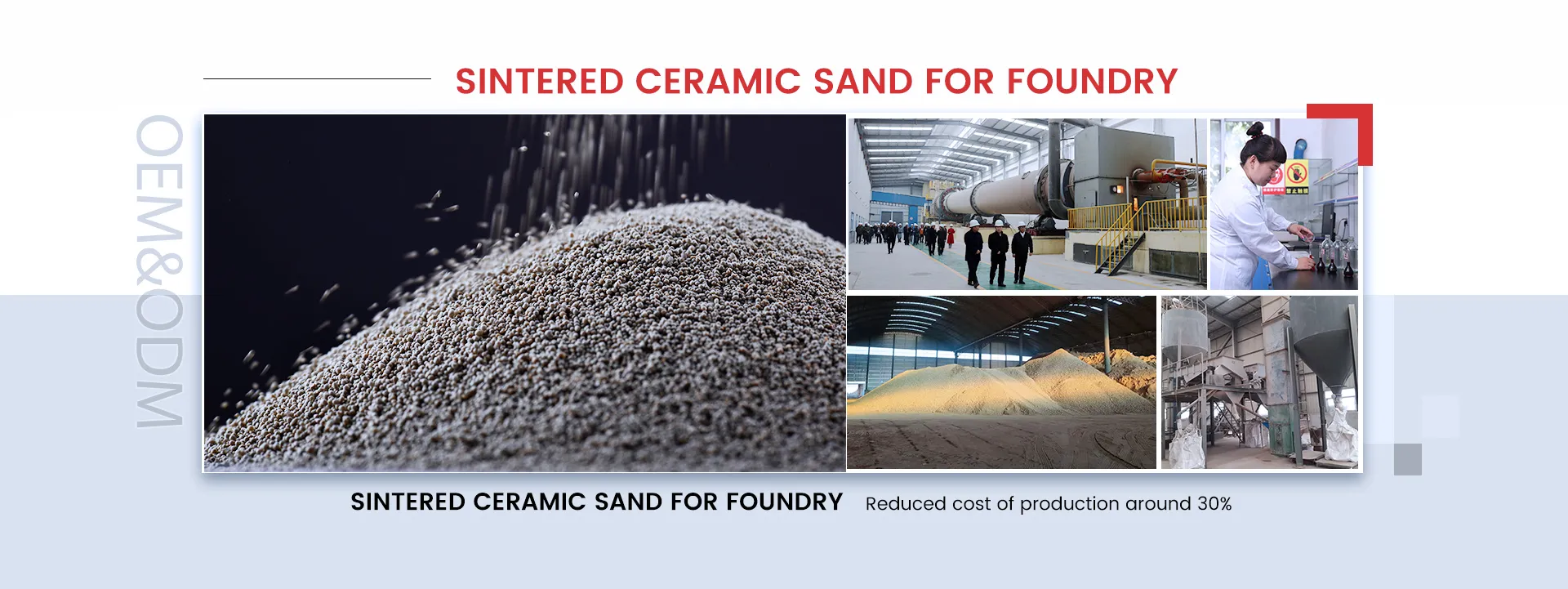The Importance of Fine Casting Sand in Metal Casting
In the world of metal casting, the choice of materials plays a crucial role in determining the quality and efficiency of the casting process. Among these materials, fine casting sand has emerged as a preferred option due to its unique properties and advantages. This article explores the significance of fine casting sand and its contributions to the metal casting industry.
Fine casting sand, often made from high-purity silica, boasts a fine particle size that allows for excellent moldability and precision in creating detailed shapes. This type of sand is pivotal for achieving intricate designs, making it ideal for industries that require high-quality finishing, such as automotive, aerospace, and artistic sculpture manufacturing. The smooth texture of fine casting sand minimizes surface defects, leading to cleaner and more polished castings.
One of the primary benefits of fine casting sand is its ability to withstand high temperatures. Metal casting processes often involve the pouring of molten metal, which can reach temperatures exceeding 1500 degrees Celsius. Fine casting sand can endure these extreme conditions without degrading or losing its structural integrity. This characteristic is crucial for ensuring the reliability of molds and cores during the casting process.
fine casting sand

Moreover, fine casting sand exhibits excellent balance between mold strength and permeability. While it provides substantial strength to hold the shape of the mold, it also allows gases generated during the solidification of metal to escape. This permeability is essential for preventing defects such as gas porosity, which can significantly compromise the quality of the final product. By facilitating the release of gases, fine casting sand helps to produce cleaner castings with improved mechanical properties.
In addition to its functional benefits, fine casting sand also promotes sustainability in the casting industry. Many foundries are now utilizing reclaimed sand from previous casting processes, which reduces waste and decreases production costs. The ability to recycle fine casting sand not only minimizes the environmental impact but also enhances the economic efficiency of metal casting operations.
The versatility of fine casting sand also extends to its compatibility with various binder systems, including organic and inorganic options. This adaptability allows foundries to customize their mold-making processes to meet specific production requirements. Whether for high-volume production runs or unique, one-off pieces, fine casting sand offers the flexibility needed for diverse applications.
In conclusion, fine casting sand is an indispensable material in the metal casting industry. Its exceptional properties, such as high-temperature resistance, excellent moldability, and sustainable recycling potential, make it a top choice for manufacturers worldwide. As the industry evolves and demands for precision and quality increase, the role of fine casting sand will continue to be vital in shaping the future of metal casting.
Post time:अक्टूबर . 07, 2024 22:57
Next:хондани хок
